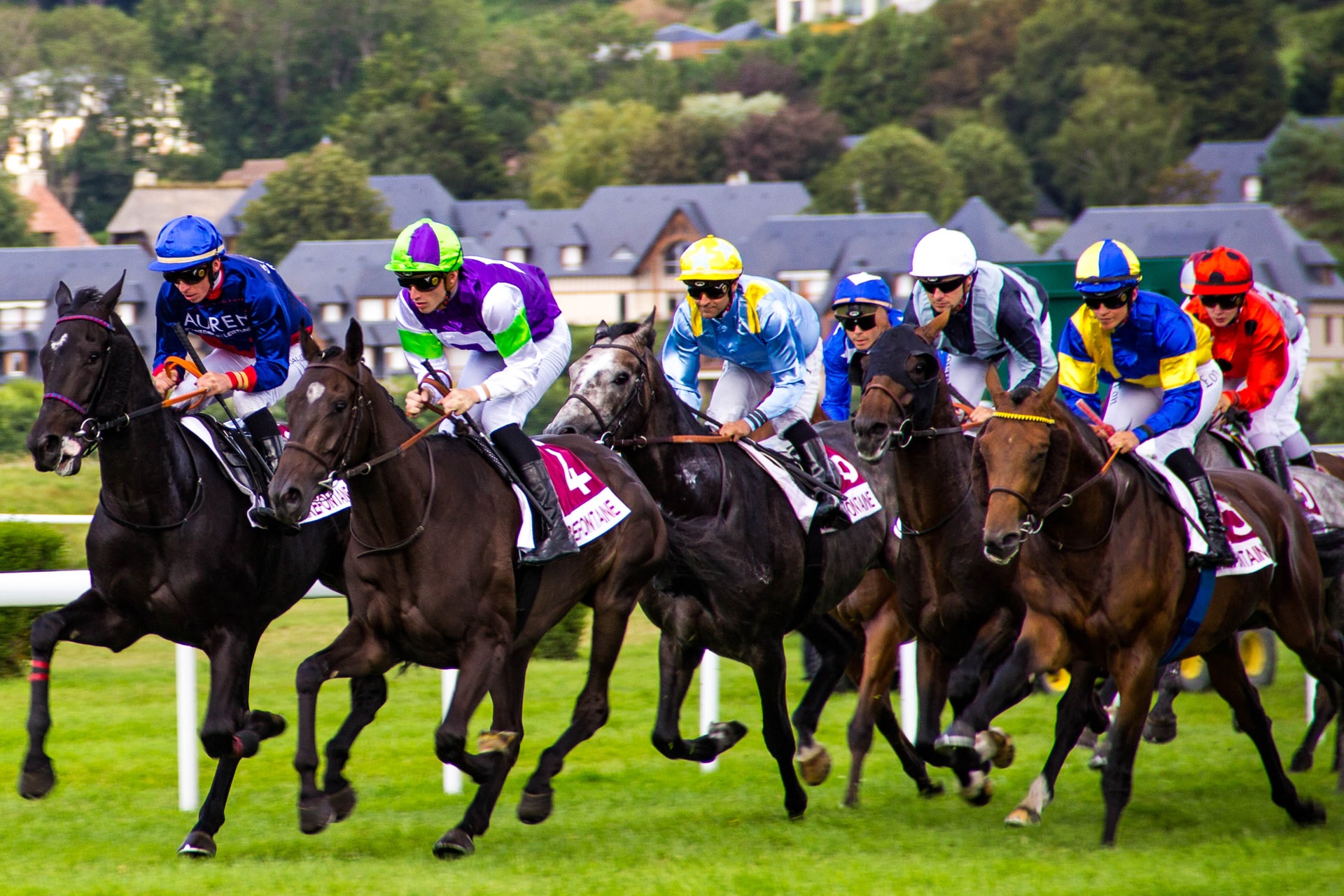Horses for Courses: Why the Grand National is so unpredictable
Often described as ‘the most unpredictable race in the world’, the Grand National continues to captivate audiences all over the globe. First run in 1839, the treacherous fences at the Aintree circuit have become famous in their own right, and provide the ultimate test for both horses and their riders.
It’s the one race each year that garners attention from all four corners of the world – and even those who don’t normally have an interest in horse racing betting, fancy a flutter. It’s also really hard to predict the winner, and it’s rare that the favourite finishes in first. Read on, as we take a look at the factors which contribute to the showpiece’s popularity – and unpredictability.
The fences
As we have already alluded to, the fences are what makes the Grand National such a massive test. There are 30 fences to be jumped over two laps of the course, but these fences are much higher than others found on the National Hunt circuit. The first 14 fences are jumped twice, however, on the second lap, The Chair and the Water Jump are avoided.
In terms of their height, the Water Jump is the smallest fence at 2ft 6 in, and The Chair is the biggest fence, at a height of 5ft 2in, as well as being preceded by a 6ft wide ditch.
Many of the Aintree fences have become famous in their own right – with Foinavon and Valentine’s Brook named after former racehorses, and the iconic Becher’s Brook renamed in honour of Captain Martin Becher who was unseated at the brook in the first renewal of the Grand National.
The handicap
Originally, the Grand National was not run as a handicap, and all horses were required to carry a weight of 12 stone. This was changed ahead of the 1843 renewal, when Edward Topham changed the rules to as we know them today – with horses being weighted, based upon their ability.
The weights are announced in February, and of course, carrying a lighter weight than a rival can make all the difference. Last year, for example, winner Minella Times was handicapped at 10-3 – one of the lightest of the field – and the favourite Cloth Cap was 10-5. This year, Minella Times has been handed a hefty weight increase of 11-4, while Conflated and Galvin have been allocated the top weight of 11-10.
In recent years, much talk has turned to the handicap rule, with owner Michael O’Leary withdrawing his dual-winner Tiger Roll from the race, having been less than impressed with the weight the handicapper had given the horse.
Field size
With up to 40 horses entering each year, it’s impossible to predict who will win the National – a reason why it is so exciting amongst punters. Part of its appeal are the dramatic upsets, and it’s rare that the favourite goes on to win – such is the nature of the course.
In folklore, there are many tales of pile-ups, melees and general mayhem – and with so many entries in the field, you can guarantee that chaos will ensue. For example, in 1967, a riderless horse – Popham Down – veered right, knocking down Rutherfords and jockey, Johnny Leech, before a further five horses – at the very least – also fell, effectively bringing the race to a halt. That year, 100/1 hopeful Foinavon won the race.
There was also the iconic race of 1993, often dubbed as “the race that never was” – as the result was void. That year, there had been a false start, but 30 of the 39 runners carried on racing – and seven horses even completed the circuit. Esha Ness, who would have been the winner, also recorded the second-fastest time in history.
—
The Grand National is that one race that captures the heart of an entire nation. Who knows what surprises will continue to shock us in 2022 – but after last year’s renewal was held behind closed doors, and the 2020 race was cancelled amidst the pandemic, having a crowd back at Aintree will add to the excitement.

